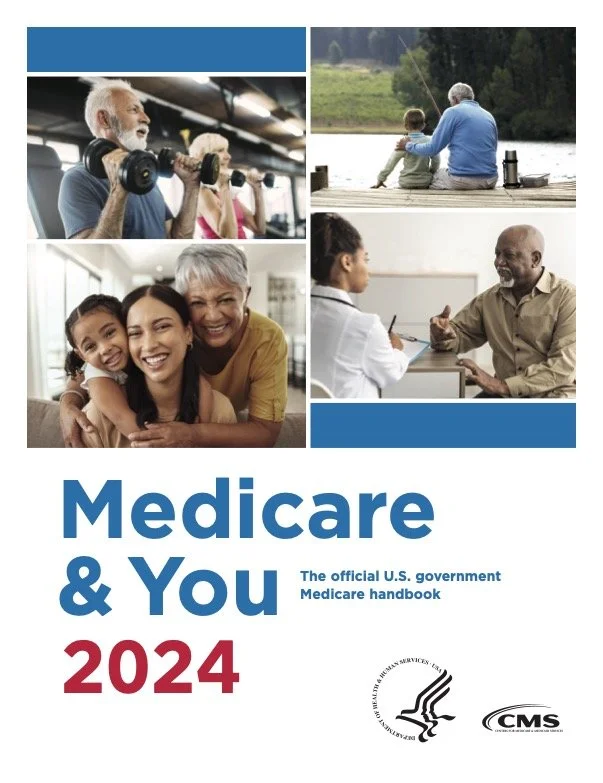What is Medicare?
Everyone’s heard of it. Many are familiar with the basic concept of it. But most people don’t understand how it actually works. If you’re turning, or have recently turned 65, you’re most likely overrun with sales literature from insurance companies as well as mail from Medicare including the “Medicare & You” handbook. All of this communication from different sources can be overwhelming and, for some, very confusing.
Here are a few basics about the Medicare program:
- Medicare is available to people 65 or older, younger people with disabilities and people with end-stage renal disease
- Most people don’t pay for Part A (see description below)
- There are multiple options for Medicare coverage such as through private insurance companies or through the federal Medicare program (see the section “Your Medicare Coverage Options”)
What Medicare Covers
Part A
Hospital Insurance
inpatient hospital care
skilled nursing facility care
hospice care
home health care
If you or a spouse have worked approximately 10 years and paid Medicare taxes on those wages, you’ll most likely get Part A for free
Part B
Medical Insurance
doctor and specialist visits
outpatient services
home health care
medical equipment (like wheelchairs & walkers)
many preventive screenings
Part B has a monthly premium ($174.70 in 2024). Some people get it automatically and some will need to apply for it.
Part D
Drug Coverage
helps cover the cost of prescription medications
covers many recommended shots and vaccines
Plans that offer prescription drug coverage are run by private insurance companies following rules set by Medicare
So what are my options for coverage?
Original Medicare
(Part A & Part B)
Health insurance provided by the federal government
Does not include prescription drug coverage, dental, vision or hearing
Original Medicare + one or both of the following:
Medicare Supplement Insurance
helps pay some or all of the costs not covered by Original Medicare
Prescription Drug Plan
Medicare Advantage
(Part C)
Combines Part A and Part B in one plan from a private insurance company
Usually includes prescription drug coverage (Part D)
Includes additional benefits such as dental, vision and hearing
A Brief History of Medicare
1965
The Medicare program is signed into law by President Lyndon Johnson in 1965 to provide protection for older Americans against the high cost of healthcare. When Medicare was originally introduced, it had two Parts: A and B. That is why you may hear the terms “original” or “traditional” Medicare.
President Johnson signs the Social Security Amendments of 1965 to establish Medicare for the elderly and Medicaid for the poor
1980
Medicare supplement plans, also called Medigap plans, are created to help pay for costs that original Medicare doesn’t cover.
1997
Medicare+Choice program is signed into law that allows Medicare Parts A & B benefits to be administered by private insurance companies.
2003
The Medicare+Choice program is renamed to Medicare Advantage and a new medicare prescription drug benefit known as Part D is signed into law.
2006
Part D becomes available as either a stand-alone plan or as part of a Medicare Advantage plan.




